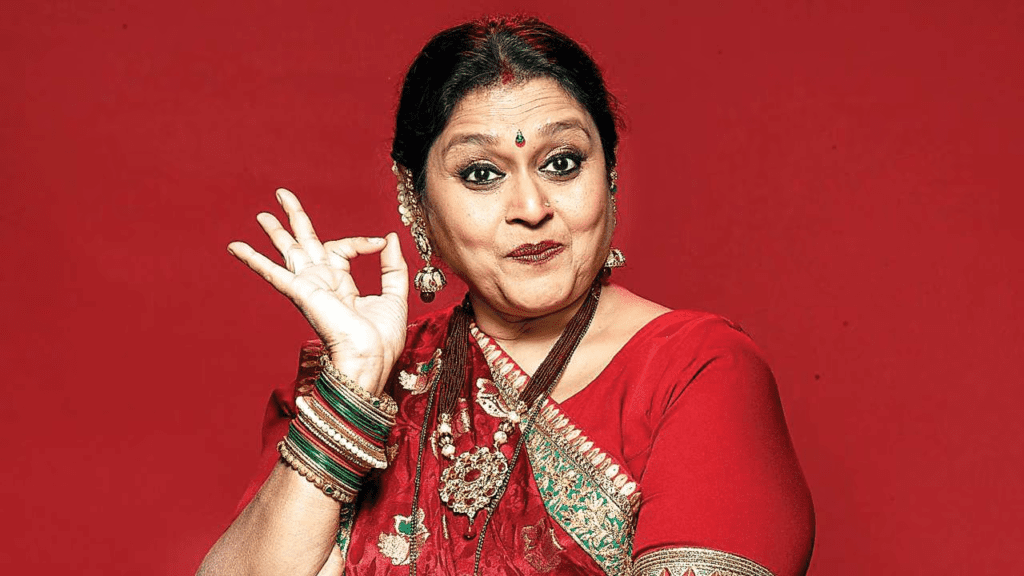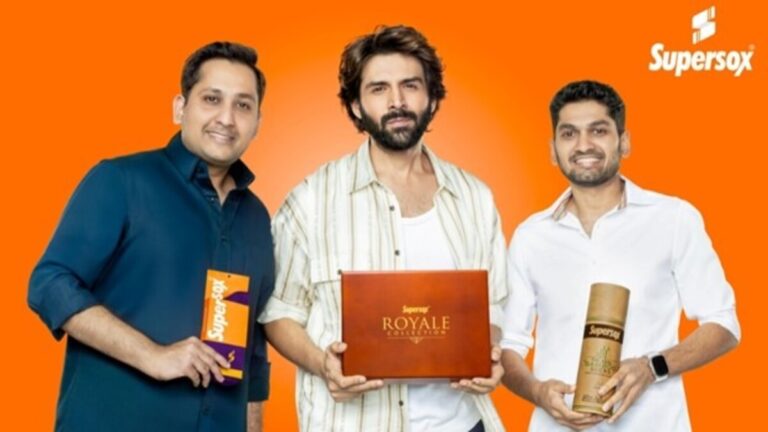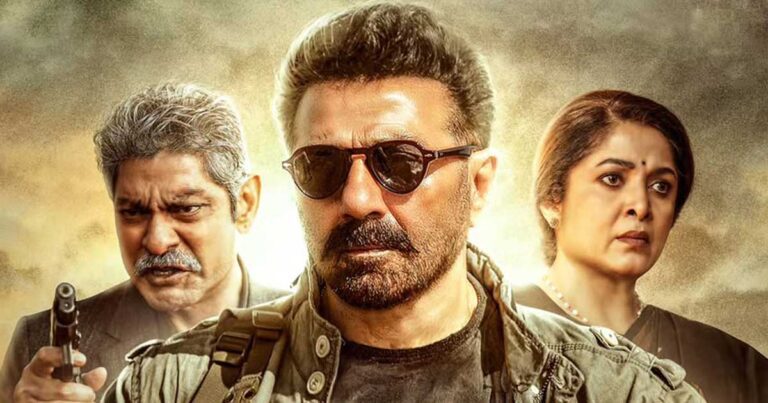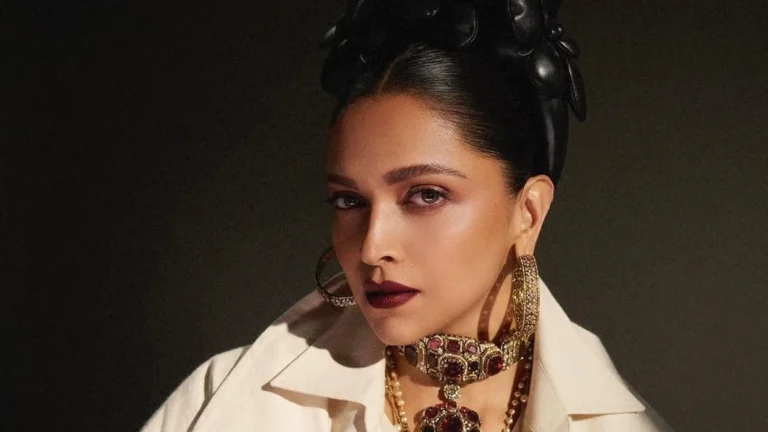Tabu, Supriya Pathak, Kajol & More: Celebrating Bollywood’s Most Iconic Female Villains

April 15, 2025 | 📍 Mumbai, India
Introduction: Breaking Stereotypes – The Rise of Female Villains in Bollywood
For decades, Bollywood villains were defined by menacing men with loud laughs and twisted morals. But over time, some of the most unforgettable and chilling performances have come from women. These female antagonists shattered stereotypes, brought depth to villainy, and proved that power, rage, and complexity aren’t gendered traits. In this feature, we celebrate Bollywood’s most iconic female villains who left a lasting impact through their dark and dynamic roles.
1. Tabu – The Master of Layered Evil
Notable Villainous Roles:
- Andhadhun (2018) – Simi
- Haider (2014) – Ghazala Meer
- Maqbool (2003) – Nimmi

Tabu isn’t your traditional villain. She brings a calm, intelligent, and layered energy to her characters. In Andhadhun, she played Simi—a seductive, manipulative, and dangerous woman who keeps the audience guessing at every turn. Her portrayal was chilling not because of loud theatrics, but due to her stillness and unpredictability. In Haider, her complex role as Ghazala showed shades of maternal love intertwined with guilt, deception, and betrayal.
2. Supriya Pathak – The Iconic Dhankor Baa
Notable Villainous Role:
- Goliyon Ki Raasleela: Ram-Leela (2013) – Dhankor Baa

Known for her earlier sweet and maternal roles, Supriya Pathak shocked audiences with her transformation into Dhankor Baa, a ruthless matriarch in Ram-Leela. Her intimidating screen presence, sharp dialogue delivery, and emotional range made Dhankor one of the most unforgettable female antagonists in modern Bollywood. She symbolized power, tradition, and merciless control over her clan.
3. Kajol – The Charming Yet Dangerous Maya
Notable Villainous Role:
- Gupt: The Hidden Truth (1997) – Isha Diwan

Kajol’s turn as Isha in Gupt was a game-changer. At a time when leading ladies were rarely portrayed as villains, Kajol stunned audiences with her duality—a charming lover who turns out to be the obsessive and deadly killer. Her performance was so compelling that she became the first actress to win the Filmfare Best Villain Award, breaking gender norms in Bollywood storytelling.
4. Amrita Singh – Cold and Calculated
Notable Villainous Role:
- Kalyug (2005) – Simi Roy

Amrita Singh’s performance in Kalyug was ice-cold and terrifying. She played the role of a high-society woman running an adult content racket with a sinister calm. What made her portrayal stand out was how she delivered menace without raising her voice—a testament to true control and confidence.
5. Priyanka Chopra – Bold & Brutal
Notable Villainous Role:
- Aitraaz (2004) – Sonia Roy

In Aitraaz, Priyanka Chopra flipped the script by playing a predatory boss who uses her position of power to manipulate and destroy. At the time, this role was groundbreaking and bold, tackling the sensitive issue of male sexual harassment. Priyanka nailed the character with her fierce intensity, making her one of the most daring villainesses of her era.
6. Urmila Matondkar – The Obsessed Anti-Heroine
Notable Villainous Role:
- Pyaar Tune Kya Kiya (2001) – Ria Jaiswal

Urmila’s portrayal of Ria, a rich fashion photographer obsessed with a married man, was both haunting and tragic. She brought emotional depth to the role, showing how mental instability can twist love into obsession. Her performance was both empathetic and disturbing, making Ria a memorable modern villainess.
Why Female Villains Matter in Bollywood
The emergence of female villains has added much-needed complexity and depth to Hindi cinema. These characters reflect themes of power, trauma, rebellion, and ambition from a female perspective. They are not mere side plots but carry their own motivations, conflicts, and psychological richness.
From traditional matriarchs to modern femme fatales, these women have redefined what it means to be “bad” on screen.
Conclusion: Celebrating Strength, Even in Darkness
Female villains in Bollywood are no longer a rarity. They’ve become central to storytelling—challenging patriarchy, playing with audience expectations, and redefining cinematic power. Whether it’s Tabu’s calculated charm or Supriya Pathak’s iron rule, these performances will continue to inspire and shape how female characters are written in Indian cinema.





